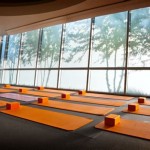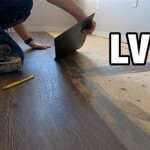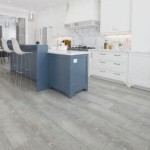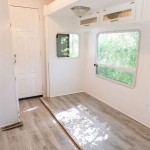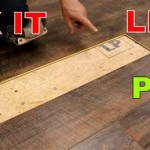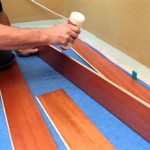Essential Aspects of Wood Exercise Flooring
When it comes to creating a dedicated workout space at home or in a commercial gym, choosing the right exercise flooring is vital. Wood exercise flooring offers a durable, aesthetically pleasing, and functional surface for various fitness activities. To help you make an informed decision, this article explores the essential aspects of wood exercise flooring.
Types of Wood Used in Exercise Flooring
The type of wood used in exercise flooring significantly impacts its performance and characteristics. Common options include:
- Maple: Known for its exceptional durability and resistance to wear, maple is a popular choice for high-impact workouts.
- Oak: Oak offers a balanced combination of durability, stability, and affordability.
- Cherry: Cherry flooring adds a touch of elegance to workout spaces, but it may be less resistant to wear and tear. 4.
- Ash: Ash is a resilient wood with excellent shock absorption properties, making it suitable for activities like yoga and Pilates.
Installation Methods
Wood exercise flooring can be installed in various ways, including:
- Floating Floor: Engineered wood planks are designed to interlock and float over a subfloor, making installation easy and cost-effective.
- Glued-Down Floor: Individual wood planks are glued directly to the subfloor, providing maximum stability and moisture resistance.
- Nailed Floor: Solid wood planks are nailed to a plywood subfloor, offering exceptional durability but requiring more time and effort to install.
Benefits of Wood Exercise Flooring
Wood exercise flooring offers numerous benefits:
- Durability: High-quality wood species like maple and oak can withstand heavy use and intense workouts.
- Shock Absorption: Wood has natural shock-absorbing properties that reduce impact on joints and muscles.
- Aesthetics: Wood flooring adds a classic and elegant touch to workout spaces, enhancing the overall ambiance.
- Easy Maintenance: Wood exercise flooring can be easily cleaned and maintained with regular sweeping, vacuuming, and occasional wiping.
Considerations
Before choosing wood exercise flooring, consider the following factors:
- Intended Use: Determine the types of workouts that will be performed on the flooring and choose a wood species and installation method accordingly.
- Moisture Control: Ensure proper ventilation and humidity control to prevent moisture damage to the wood.
- Budget: Wood exercise flooring can range in cost depending on the type of wood, installation method, and size of the workout space.
- Professional Installation: For optimal performance and longevity, consider hiring a professional installer for the flooring.
By understanding the essential aspects of wood exercise flooring, you can make an informed decision that meets your specific needs and creates a durable and functional workout space.

5 Best Home Gym Flooring Over Hardwood Ideas And Solutions

Do Rubber Mats As Gym Flooring Damage Hardwood Floors

Impact Rolls Wood Series Shock Absorbent Court Flooring

Fitness Facilities And Exercise Flooring Surface America

Impact Rolls Wood Series Shock Absorbent Court Flooring

Transform Your Home Gym With Fitzone Flooring

5 Best Home Gym Flooring Over Hardwood Ideas And Solutions
Fitness Floors High Quality Gym Flooring Junckers

Ecore Wood Look Flooring Rolls

Home Gym Flooring Options Addicted 2 Decorating
Related Posts

